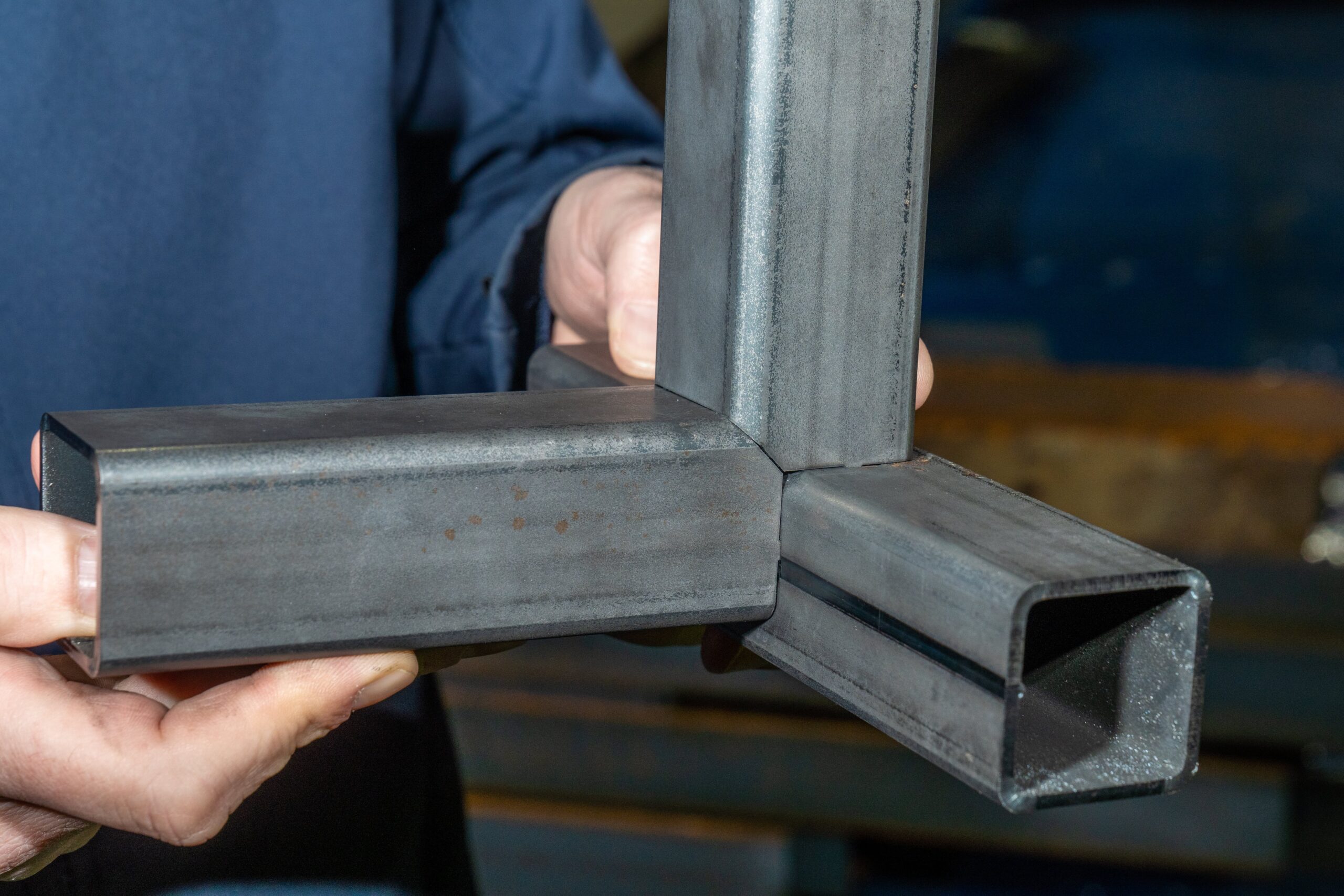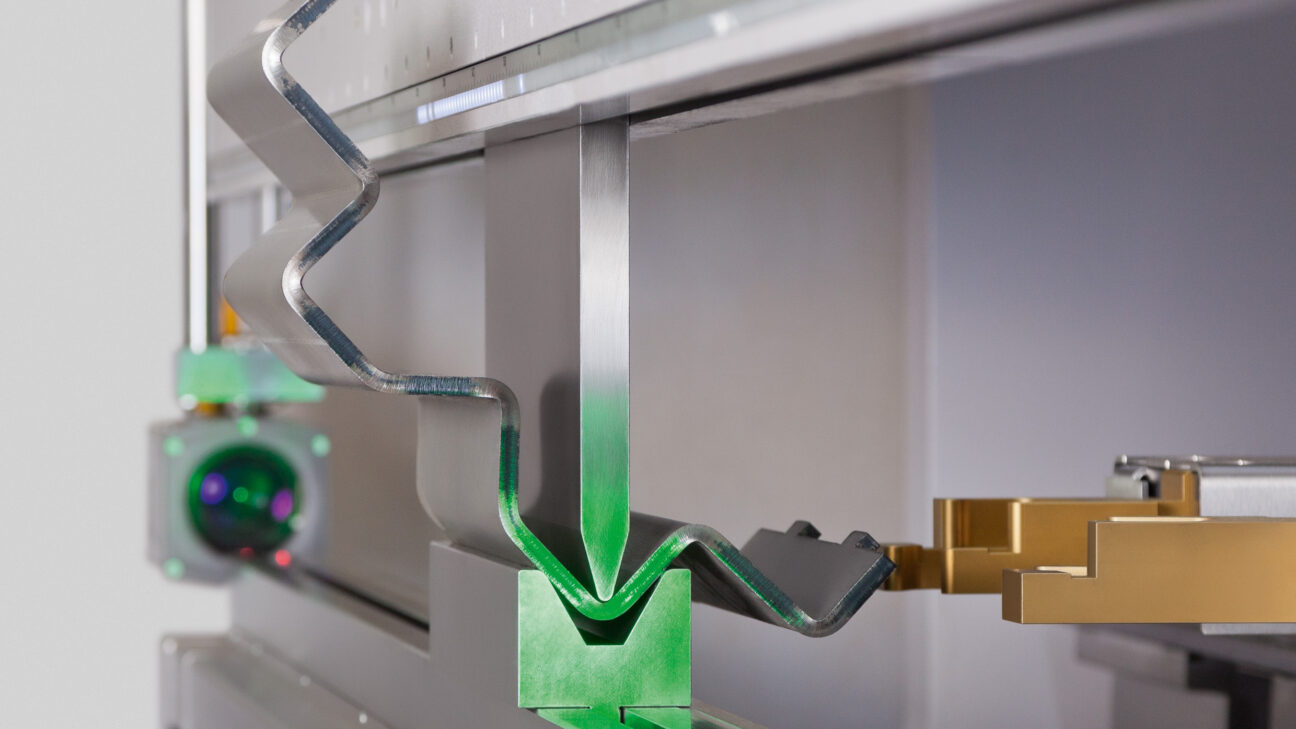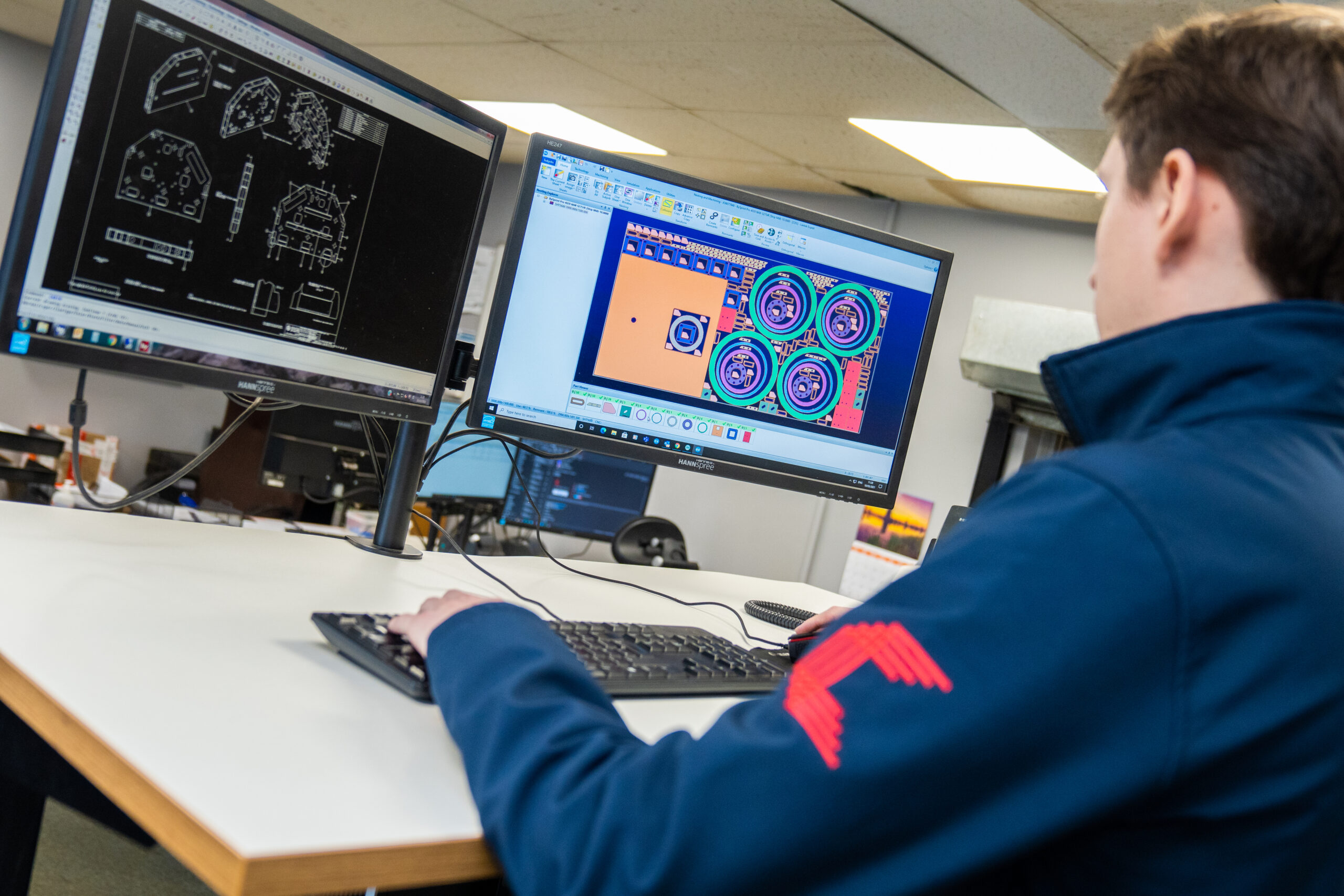When it comes to metal profiling, choosing the right cutting method is crucial to ensure the precision, efficiency, and cost-effectiveness of your project. Two of the most advanced and widely used technologies in this field are waterjet cutting and laser cutting.
At Charles Day Steels, we pride ourselves on offering both these state-of-the-art cutting services, among many others, to meet a diverse range of needs. But how do you decide which method is best for your specific project?
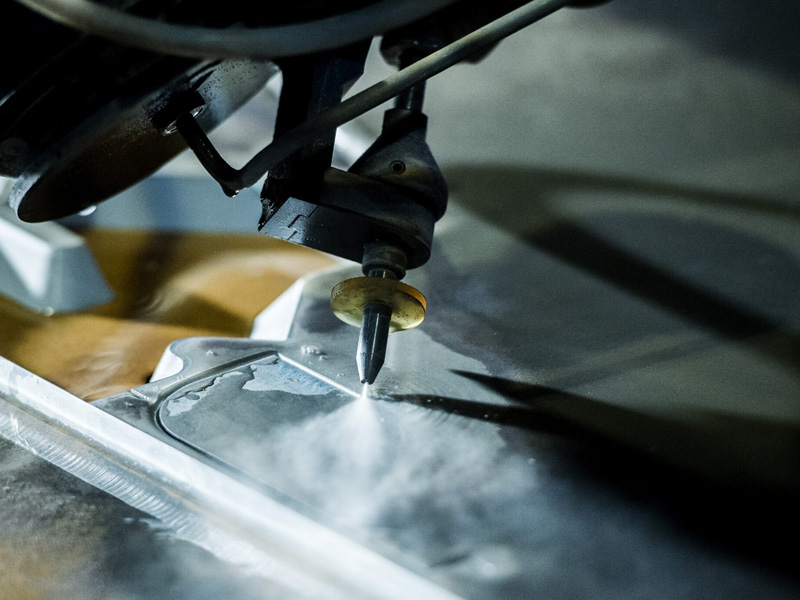
Understanding Waterjet Cutting
Waterjet cutting is a highly versatile technology that utilises a high-pressure stream of water, often combined with an abrasive substance like garnet, to cut through a wide variety of materials. Our revolutionary Waterjet Sweden BevelJet 60 machine exemplifies the cutting-edge capabilities of waterjet technology.
Key Features of Waterjet Cutting:
Material Versatility
Waterjet cutting can handle almost any material, from mild and stainless steel to aluminium, brass, copper, titanium, plastics, and much more.
Cold Cutting Process
The cold-cutting nature of waterjet technology eliminates the risk of heat-affected zones (HAZ), making it ideal for materials sensitive to heat and applications requiring stringent material specifications, such as in the nuclear and aerospace industries.
Large Cutting Bed
With a cutting bed measuring up to 9m x 4m, our waterjet machines can process large sheets and complex profiles with precision.
Precision
Capable of achieving a profiling tolerance of ±0.25mm and edge squareness of 1° draft angle, waterjet cutting ensures high accuracy.
Bevel Cutting
The BevelJet 60 allows for advanced 3D parts processing up to 60°, providing additional flexibility for intricate designs.
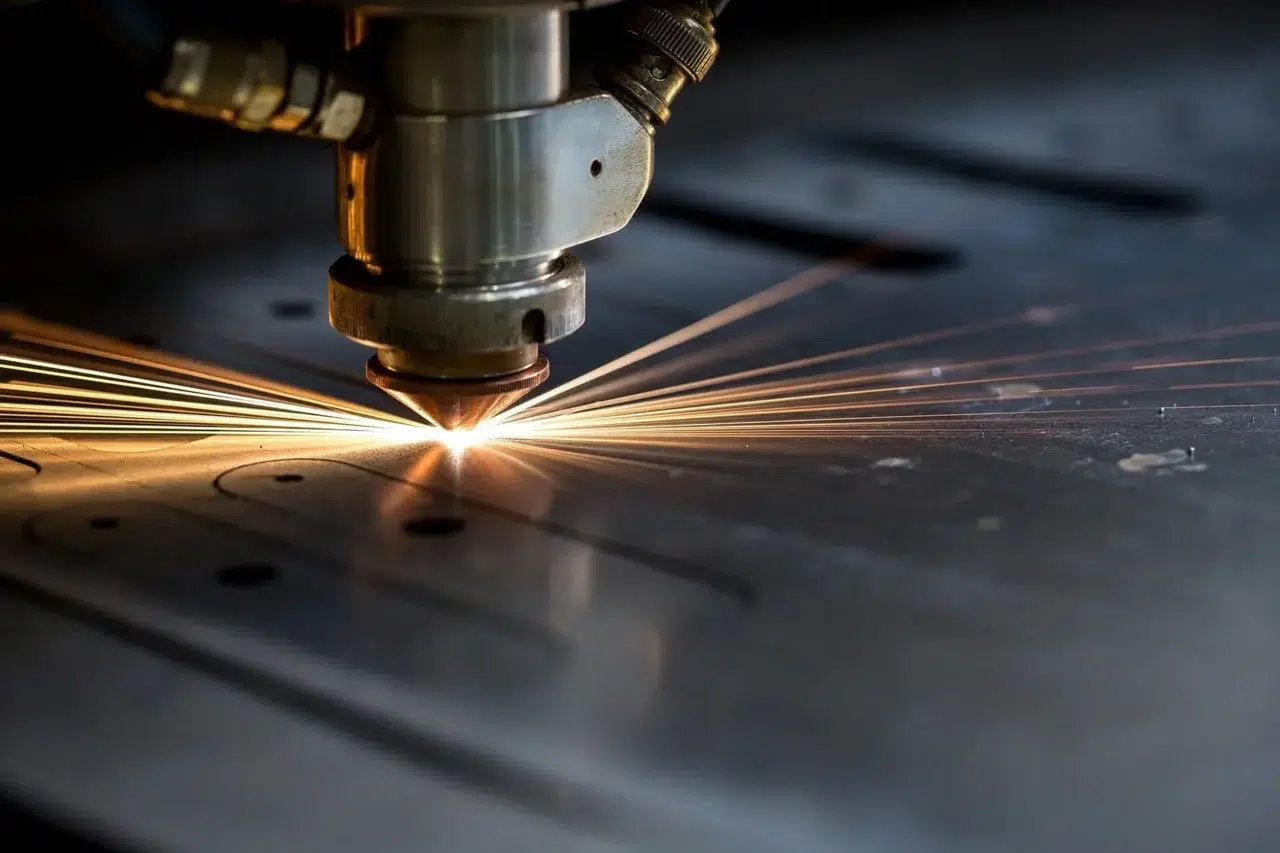
Exploring Laser Cutting
Laser cutting, on the other hand, uses a focused beam of light to melt, burn, or vaporise material, resulting in extremely precise cuts. Charles Day Steels boasts a suite of seven laser cutting machines, including the UK’s first 20kW fibre laser, offering unmatched capacity and capability.
Key Features of Laser Cutting:
Speed and Efficiency
Laser cutting is incredibly fast, particularly for thin sheet metals and reflective materials such as aluminium, copper, and brass. Our fibre lasers operate 24/7, ensuring rapid turnaround times.
Material Thickness
Our lasers can cut materials up to 50mm thick for mild steel and stainless steel, 40mm for aluminium, and 20mm for brass and copper.
Precision and Quality
With minimal distortion due to low heat generation, laser cutting delivers exceptional precision and high-quality edges, with profiling tolerances ranging from ±0.12mm to ±0.75mm depending on material and thickness.
Cutting Capacity
The ByStar 15kw Fibre laser can handle parts up to 6 metres long, enhancing our ability to deliver large and complex parts quickly and cost-effectively.
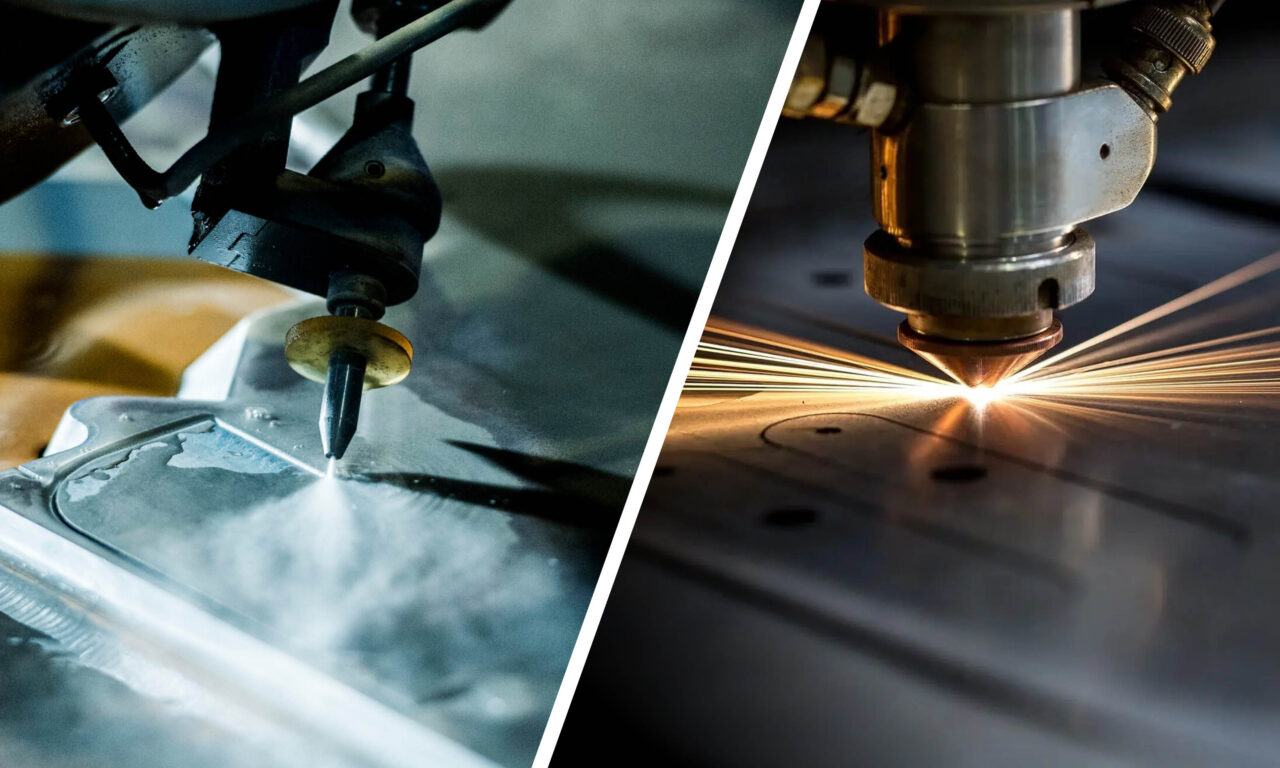
Choosing the Right Method for Your Project
When deciding between waterjet and laser cutting, consider the following factors:
Material Type and Thickness
If you need to cut thick or heat-sensitive materials, waterjet cutting is often the better choice due to its cold cutting process. For thinner, reflective materials, laser cutting offers superior speed and efficiency.
Precision and Edge Quality
Both methods provide high precision, but laser cutting excels in producing fine, clean edges with minimal post-processingrequired. Waterjet cutting, while highly accurate, may produce a slightly rougher edge depending on the flow speed and abrasive used.
Project Size and Complexity
For large-scale projects requiring extensive material handling and complex profiles, waterjet cutting with its large bed size and multihead capability might be more suitable. Laser cutting, with its rapid processing speed, is ideal for high-volume production runs and intricate designs.
Cost Considerations
The cost per part can vary significantly based on the material and cutting requirements. Laser cutting tends to be more cost-effective for thinner materials and high-volume projects, while waterjet cutting, although potentially more expensive, offers unmatched versatility and the ability to cut virtually any material without thermal damage.
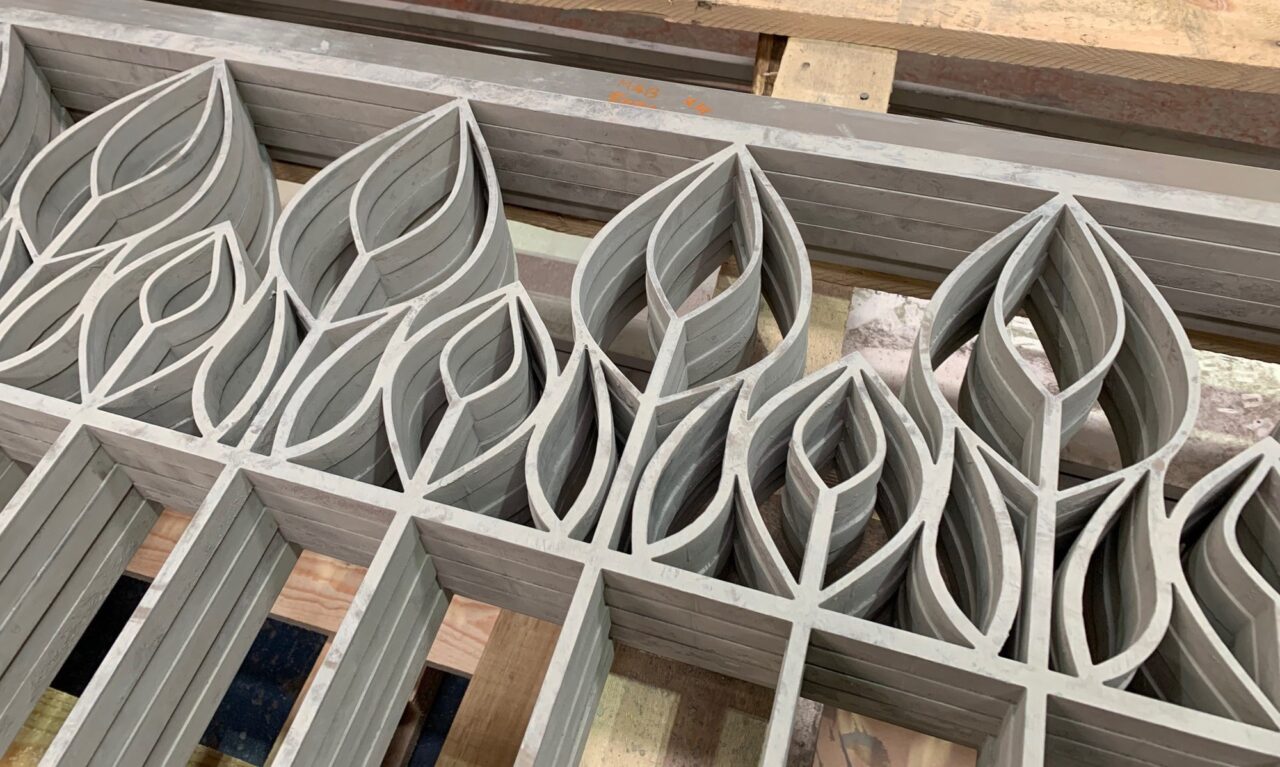
Contact Charles Day Steels for Professional Metal Profiling
Both waterjet cutting and laser cutting offer distinct advantages depending on the specific needs of your project. Waterjet cutting excels in material versatility, precision without thermal effects, and the ability to handle large and complex profiles, making it ideal for thick or heat-sensitive materials. On the other hand, laser cutting shines with its speed, efficiency, and precision, particularly for thinner, reflective materials and high-volume production runs.
At Charles Day Steels, our continuous investment in the latest cutting technologies ensures we provide the highest quality, efficiency, and flexibility for your profiling needs. Whether you opt for waterjet or laser cutting, you can trust us to deliver superior results tailored to your project’s specifications.
Get in touch with our team today to discuss your cutting requirements and find the perfect solution for your next project.

